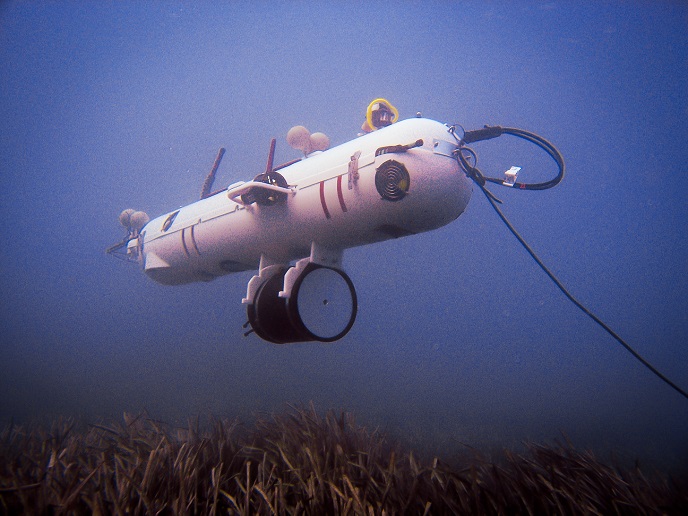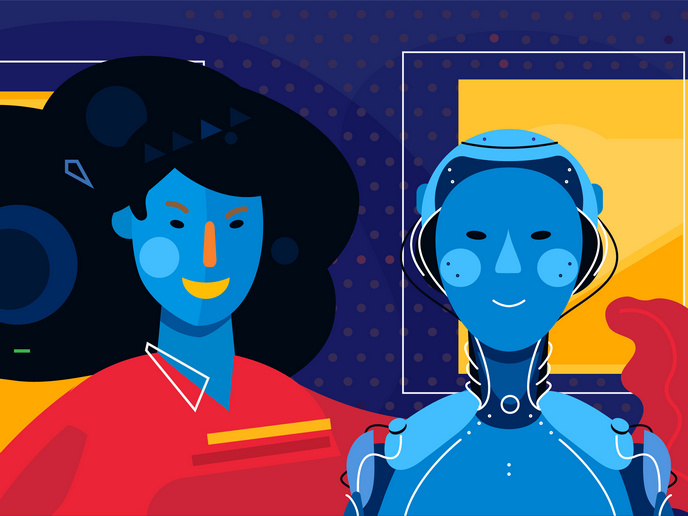One step closer to human-like manipulation of objects by robots
The EU-funded LIMOMAN(opens in new window) (Developmental learning of internal models for robotic manipulation based on motor primitives and multisensory integration) project proposed a general framework for learning and control in complex systems, and devised a working solution for robotic manipulation. To achieve its aims, LIMOMAN focused on three main aspects of human motor control that can be combined to improve robotic performance: internal models, developmental learning and multisensory integration. The majority of work was performed on iCub, a humanoid robot that is one of the most advanced robotic platforms for research on cognition. Project partners proposed an internal model concept that goes beyond existing architectures by incorporating adaptability, flexibility and scalability. They investigated hand synergy approaches to encode the motor complexity of robot hands with compact representations, and exploited the motion primitives framework to facilitate learning by demonstration. The LIMOMAN team developed new concepts for soft 3D tactile sensors and explored Bayesian techniques to integrate different sensory modalities. It engaged iCub in a complex object manipulation task. Researchers demonstrated that different Bayesian techniques can be successfully used to learn robot internal models that account for different sensorimotor capabilities. Such models can be used to formulate predictions that improve movement control, action planning and state estimation. They explored strategies to efficiently combine different sensory channels and to encode both robot movements and sensorimotor structures with compact representations. Team members also investigated the affordances concept, which led to visual perception computational models. These models extract the most important information from the stream of visual data, and make predictions about the effects of the actions that can be used for action planning. In addition, they proposed novel technology for tactile sensing that focuses on fundamental features for object manipulation based on robot interaction in a real unstructured environment. LIMOMAN led the way in effectively combining human demonstrations with robot autonomous learning in order to perform optimally in complex manipulation actions.







